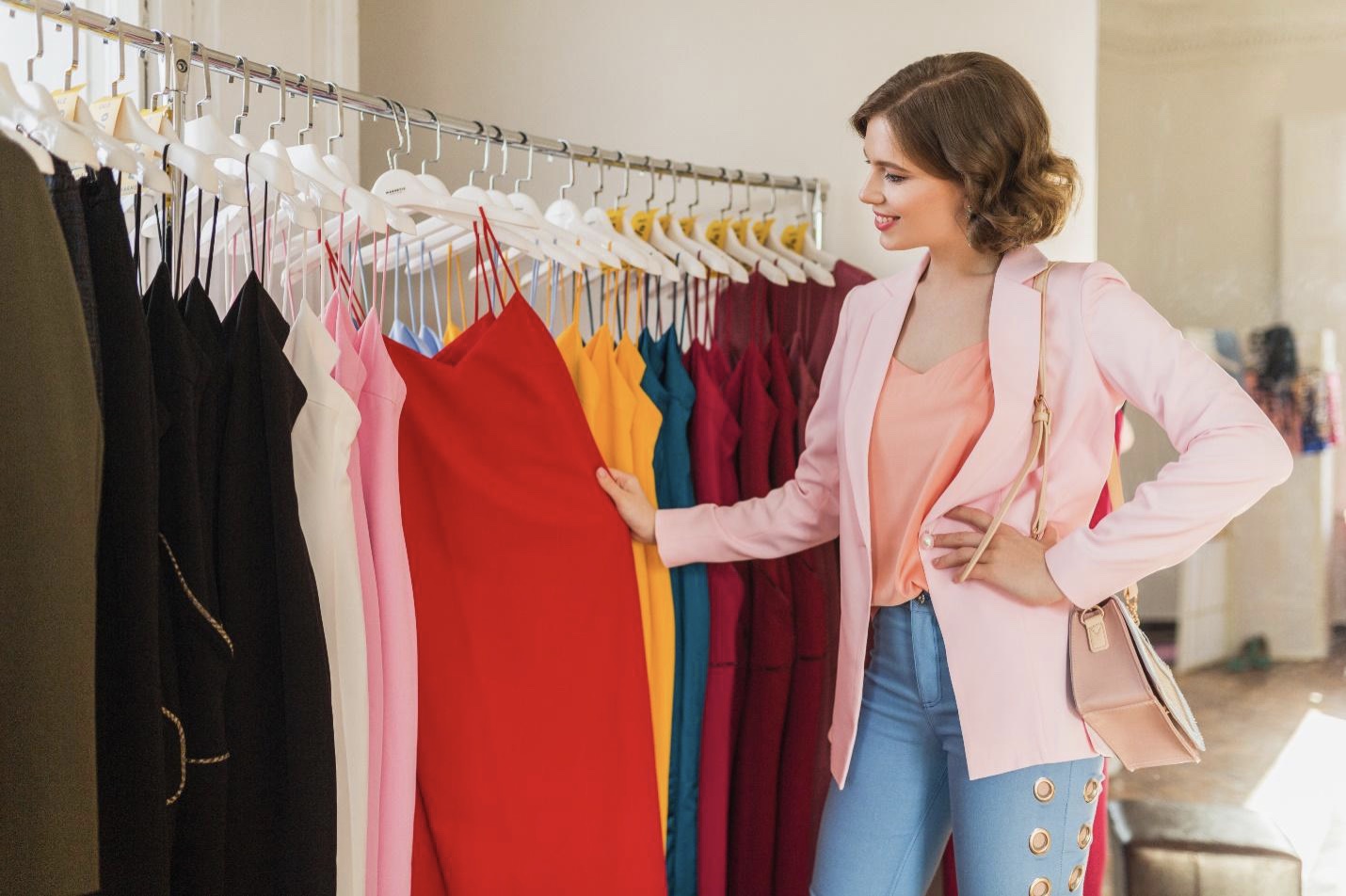
It takes effort and desire to launch a clothes business. The objective is to generate a profit while offering your clients high-quality products that you know they’ll enjoy and want to keep buying from you. However, where can you find clothing at a cost that allows you to turn a profit?
You’ll want to be aware of the origins of your goods, the manufacturing process, and the ideal suppliers to fulfill your requirements. Here are five suggestions to help you quickly and effectively discover how to purchase wholesale boutique clothing for your boutique.
The significance of finding high-quality wholesale clothing.
Finding high-quality wholesale clothing at a fair price is one of the most crucial components of running a store. Although it can be difficult, this task is vital to the success of your company. Finding the ideal vendor is simply the first step; you must also make sure that the quality and design of their goods fit your requirements.
Fortunately, you have a variety of choices when it comes to selecting the top wholesale vendors and clothes suppliers for your company. One strategy is to go to trade exhibits and business gatherings where you can meet suppliers and other boutique owners. This is a great way to see the most recent fashions and trends up close and personal and to get a sense of the calibre of the goods on offer.
Locate a Reputable Wholesaler
To provide top-notch goods to your customers, you want the best items at the best pricing. Find a wholesaler who can offer fashionable items, high-quality accessories, makeup, and clothing at a fair price to make the procedure simple for you. Do your homework to determine the delivery time for your order and the minimum order amounts you’ll need to commit to.
You can avoid overstocking your inventory with things that aren’t selling by purchasing items in tiny amounts.
Know Where Your Clothes Are Coming from in order to increase revenues, you must reduce purchasing expenses. Knowing where your clothes are originating from is crucial if you want to ensure that you are purchasing high-quality goods.
Take into account the cost of delivery as well as the time it will take for each item to arrive in order to keep prices down. Do you prefer to purchase goods from Chinese or American importers and manufacturers? Also take into account the fees that will be incurred when buying from foreign wholesalers.
Communicating with the wholesaler while sourcing goods from the United States can be simpler than doing business with a foreign vendor. You may pick up the phone and call without having to worry about juggling different time zones.
when it is necessary. Ask the business if they will keep you informed about your order and how simple it is to report any problems.
Recognizing Goods Sold Costs
You must total up all of the expenses related to obtaining your product so that you are aware of the exact profit you will make from each unit sold. If you are purchasing from an international wholesaler, the cost of goods sold, or COGS, may also include the cost of the unit, shipping expenses, and customs fees. Your bottom line will benefit from your understanding of COGS since you may adjust the price to include all of these expenses. It’s a cost of doing business, and as COGS rises, your profit decreases.
Keep a COGS budget and a record of all your spending to determine your net cost and identify areas for cost-cutting.
Develop your specialty
What categories of clothing are you looking to sell? Who is your intended audience? Is there a market in your neighborhood that isn’t being catered to?
These are crucial questions to ask oneself in order to edge out the competition. Work to fill that gap so that clients will continue to come to you for their needs. Pay attention to the brands that are offered at the shops and stores you enjoy visiting.
You can discover how to shape your business such that your boutique sales increase by mastering your niche.
Buy only what you require.
While buying in quantity will result in a lower price, if you don’t market the clothing, you already have, you’ll wind up losing money. Only buy what you actually need, keeping in mind what your customers could be seeking. Too much-unsold stock is the last thing you need.
Always keep the customer in mind when you select a range of styles and sizes. Provide a variety of flavors so you can satisfy the needs of your customers.
Remember that just because you wouldn’t wear something doesn’t mean that one of your customers wouldn’t find it appealing.
Interesting Related Article: “Why Should Wholesale Business Use Inventory Systems?“
